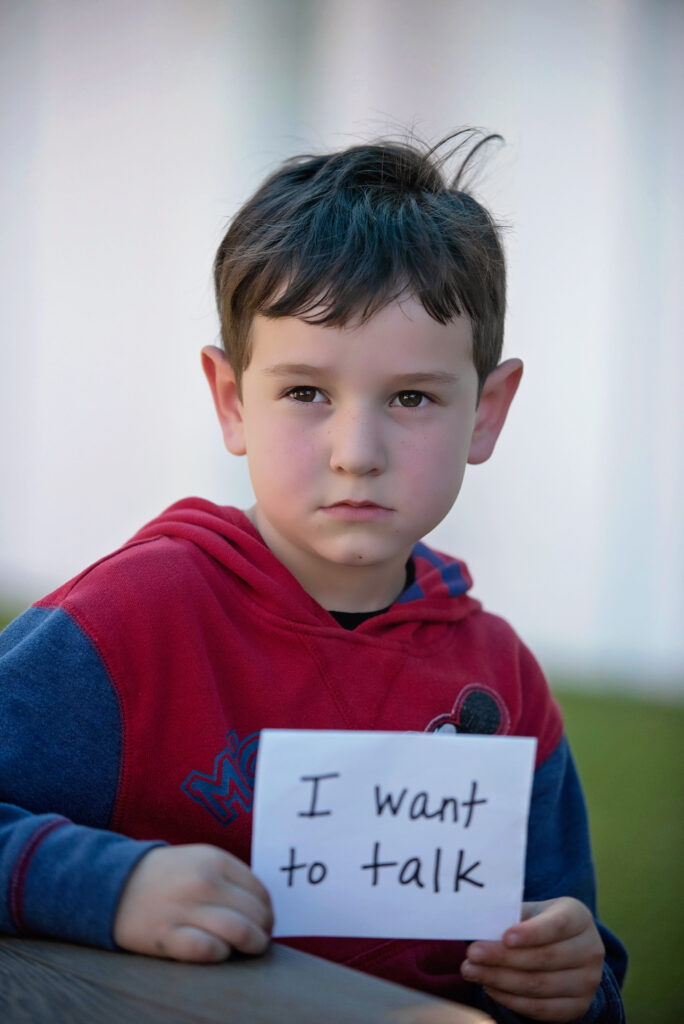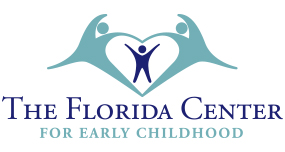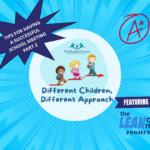March is Self-Harm Awareness Month

March is self-harm awareness month, bringing to light the importance of understanding, education, and what to look for with signs and symptoms of self-harm or self-injury, especially in children.
Although self-harm or self-injury are often automatically associated with suicidal attempts, more often than not the intent is not to die by suicide. There are many reasons that an individual may self-harm, and it is a symptom that does not discriminate based on gender, race, religion, or for any other reason. The clinical term utilized is non-suicidal self-injury (NSSI). The individual engaging in NSSI due to an inability to cope in a more positive way with feelings or life-stressors. Additionally, the individual may experience a rush of endorphins due to self-harm, which may temporarily relieve the negative feelings. However, a period of shame and or guilt can follow due to return of negative feelings. It is important to note that NSSI is not something that individuals do as attention-seeking behaviors; rather individuals who self-harm more often than not hide the signs of their self-injuries by engaging in the behaviors in private as well as inflicting the injuries in places that are easily hidden with clothing or large jewelry.
Non-suicidal self-injury is not a diagnosis itself, but is often associated with eating disorders, mood disorders, anxiety disorders, and/or personality disorders. However, many who self-injure may not have a diagnosed mental health disorder at all.
Signs to look for:
- Unexplained bruises, cuts, or burns typically in areas that can easily be covered such as stomach, legs, or arms.
- Individual frequently wearing bandages
- Wearing large bracelets, many stacked bracelets, or wrist bands to conceal cuts
- Wearing long sleeved shirts or pants in hot/warm weather
- Finding razors, knives, or other sharp objects that could be utilized to self-harm
- Expressions of shame or worthlessness
- Withdrawing from family, friends, and/or previously enjoyed activities
Talking to children about suspicions of self-harming behaviors can be a very daunting task for any parent or caregiver. It is crucial to address suspicions early. Prior to starting the conversation, it is important for parents/caregivers to ensure that they themselves are regulated and are able to discuss whatever their child may bring up from a place of non-judgment, allowing the child to feel heard, safe, and understand that the parent/caregiver’s top priority is their child’s safety. Lastly, seeking help from a therapist with experience in working with clients who self-injure is vital to ensuring that the child develops more positive ways to manage stress and feelings.
Resources:
On Our Sleeves: Kids Self Harm Advice
Psychology Today Blog: Supportive Tips for Non-Suicidal Self-Injury
Lodestone Blog Post: Self Injury Awareness Month
Author: Pam Wilsen, LMHC
Mental Health Supervisor Pam Wilsen, LMHC oversees The Florida Center’s School Based Mental Health Program in Manatee County.


